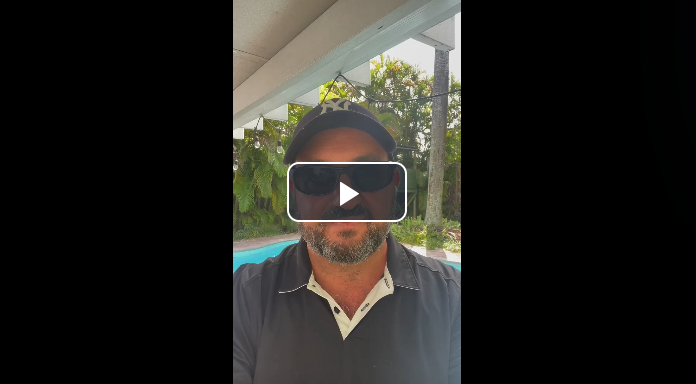Well, Evolvers … the market is looking pretty ugly overall.
Although we saw a small bounce in the indexes yesterday, as usual, I care about the big picture.
The SPDR S&P 500 ETF Trust (NYSEARCA: SPY) is down more than 5% in less than three weeks as traders digest Fed policy, jobs reports, and corporate earnings.
And in times like this, it’s hard for me to find the wild momentum stocks I like to trade.
I find myself going back to the basics, trading more conservatively, and thinking over the many lessons I’ve learned from my mentor, Tim Sykes.
Over a decade ago, I joined Sykes’ Trading Challenge.
And let me tell you, seeking out guidance from Sykes was the best thing I ever did…

Sykes has been trading for 20+ years. Unlike me (and probably most of you), he traded the 2008 crash and has a lot of experience knowing what to do when stocks are tanking.
With that in mind, I think it’s a good time to go over a few red-month lessons Sykes has taught me throughout our many years of working together.
Keep reading and I’ll show you…
Find Your Perfect Position Size
Newbie traders often struggle with volatility in the stock market.
So, as you can imagine, this year has been a doozy for those first entering the markets.
I was lucky to have Sykes’ guidance when I was first starting as a trader. Since then, I’ve proven that I can take small accounts and turn them into massive ones…
(At the beginning of 2022, I took a small account from $10,000 to $130,000+ in a little over a month.)
But to grow a small account in a volatile market, you need to follow a few crucial steps…
First, you need to limit your risk by taking fairly small position sizes.
I know it’s not exciting to trade small … but this is how you get accustomed to price movements and grow a small account gradually.
This is especially true in the kind of hyper-volatile trading environment we’re in right now.
You should be aiming for hitting consistent singles, not home runs.
Determine your risk tolerance. Figure out the amount of money you’re comfortable risking and don’t exceed that amount until the market is in a more stable place.
But how can we attempt to predict when the market is about to shift gears again?
This brings me to our next lesson…
Know Your History
One of the most clutch tips Sykes has given me is this — know your history.
And this lesson is more true now than ever.
Even though the stock market is filled with numbers, Sykes says he views himself as more of a history teacher than a math teacher.
The market isn’t a perfect science. You’ve gotta understand the historical context of how stocks tend to trade.
No matter what stock you’re trading, you should learn everything you possibly can about its history.
Pay particularly close attention to the following historical factors:
- Prior price action in the chart
- The company’s earnings history
- Major catalysts in the past
Study how the chart has reacted throughout time. Then you can form a strong game plan for what may happen in the future.
Right now, as we’re stuck in a downtrend for stocks, there’s no better chart to understand historically than the SPY.
Understanding how the broader stock market has reacted to certain periods throughout history can potentially help you prepare for future moves in the major indexes.
For example, if you knew that stocks generally struggle as interest rates rise, you might’ve had the foresight to buy puts as soon as the Fed began to shift to a more hawkish policy.
Bottom Line: Know your history and you’ll be a better trader for it!
4 Additional Lessons I’ve Learned from Sykes:
Here are four more priceless Sykes lessons that apply specifically to volatile markets:
- Timing’s everything. If you’re early or late when entering a trade, you might as well be 100% wrong.
- Focus on the big picture. Remember why you got into the setup in the first place. Don’t let intraday price action pull you out of a five-star setup.
- Stick to your strategy. NEVER let FOMO tempt you into trading a subpar setup. (There’s always another trade opportunity coming.)
- Don’t try to be a hero. Sometimes the setup looks great, but the trade just doesn’t pan out. Cut your losses IMMEDIATELY and move on to another play. (Sometimes no trade = best trade!)


